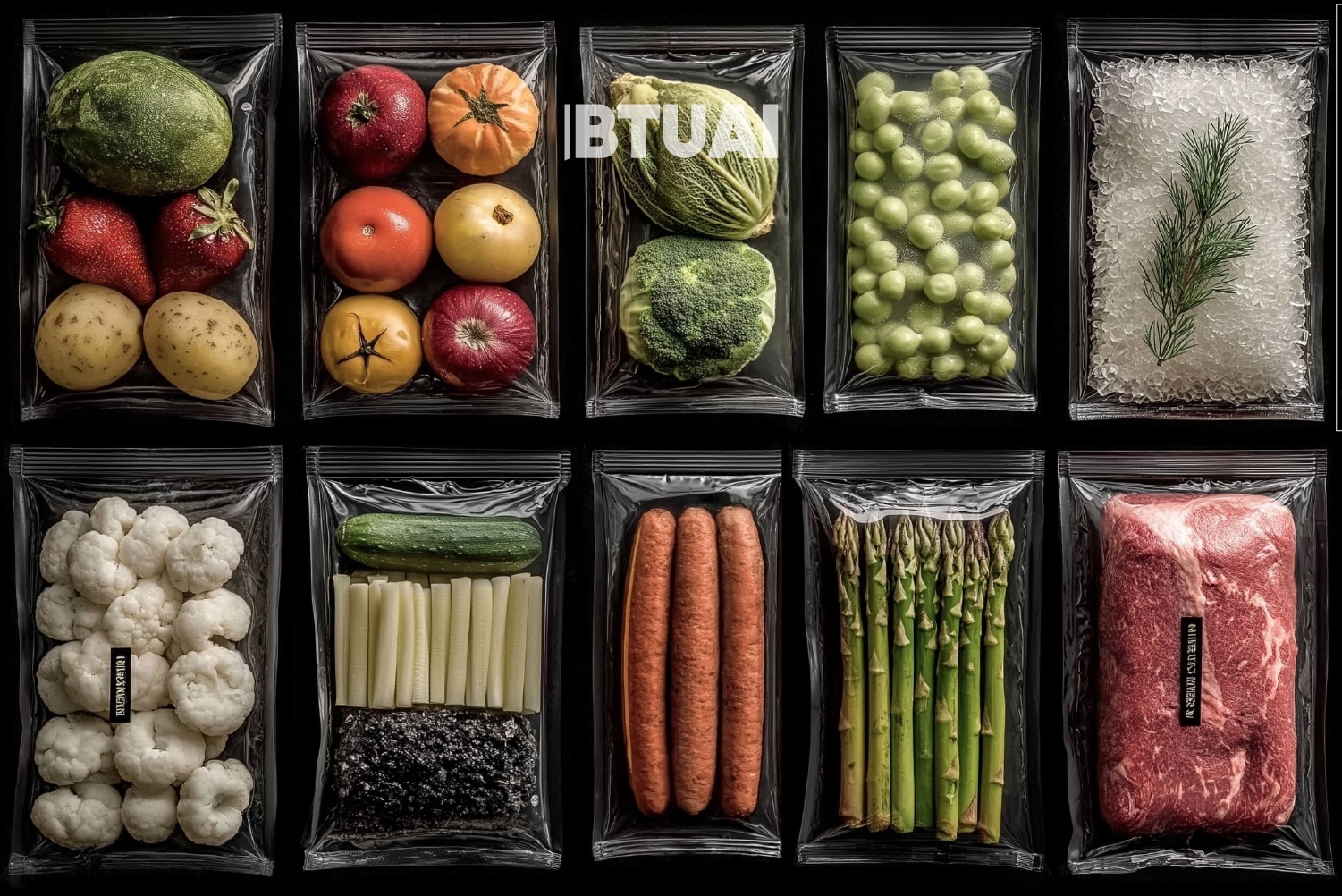Export of Chicken Meat and Fruits-Vegetables from Refrigerated Warehouses: What Lies Behind the Numbers?
According to 2024 data, the activity of refrigerated warehouses in Georgia represents one of the most complex and dynamic

According to 2024 data, the activity of refrigerated warehouses in Georgia represents one of the most complex and dynamic sectors within agriculture and food logistics. The structure and configuration of this market have become significant indicators of the country’s food security and export potential. Official statistics show that the largest share of products exported from refrigerated facilities consists of chicken meat (59.2%) and fruits-vegetables (29.9%), together making up just 3.3% of the total value of products sold from these warehouses. In practice, this means that despite impressive technological modernization and growing production volumes, the share of products sold to foreign markets remains low, and the Georgian cold storage sector is still primarily oriented toward the domestic market.
In 2024, there were 387 operational refrigerated warehouses in Georgia, with nearly 60% located in Shida Kartli, making it one of the main hubs of the country’s food infrastructure. Tbilisi, Kakheti, and Kvemo Kartli also represent important locations; however, a clear regional imbalance is evident — some regions significantly lag behind others in terms of cold storage infrastructure.
The impact of refrigerated warehouses extends beyond storage alone: they employ 1,964 people and handled a total of 340.8 thousand tons of products throughout the year. Of this, almost half (41.3%) was chicken meat, followed by beef and meat products (19.8%), fruits and vegetables (12.8%), fish (12.7%), and dairy products (7.8%). Particularly notable is that nearly half (48.3%) of the products sold by these warehouses come from local production, while among imported goods, beef, chicken meat, and fish dominate.
The sector’s financial indicators also send an important signal: in 2024, refrigerated warehouses generated 544 million GEL in revenue from product sales (96.3 thousand tons), and an additional 27.1 million GEL from service provision. The financial and technological development of the market is clearly linked to the increasing use of credit — 70% of cold storage businesses actively use bank products to finance both fixed assets and working capital.
Progress is also visible in terms of technological modernization — 63.6% of the sector is fully equipped to meet modern standards, yet a significant portion is still only partially or not at all modernized. This disparity directly impacts the quality of product preservation and export capacity, which remains a challenge for the long-term development of the country’s food logistics.
In conclusion, although Georgia’s cold storage sector is undergoing rapid transformation and technological improvement, its export potential remains limited. The growing export of chicken meat and fruits-vegetables is a positive trend, but for the sector to achieve stable and long-term growth, it is crucial to balance regional infrastructure, enhance innovation and financial accessibility, and improve export-grade quality. Only by addressing these aspects can Georgia’s refrigerated warehousing sector fully realize its resources and secure a more competitive position in international markets.




